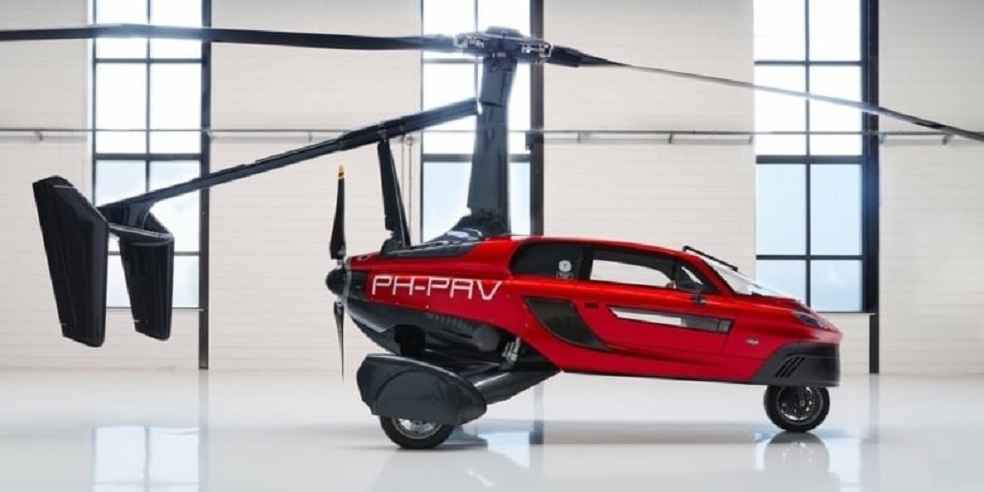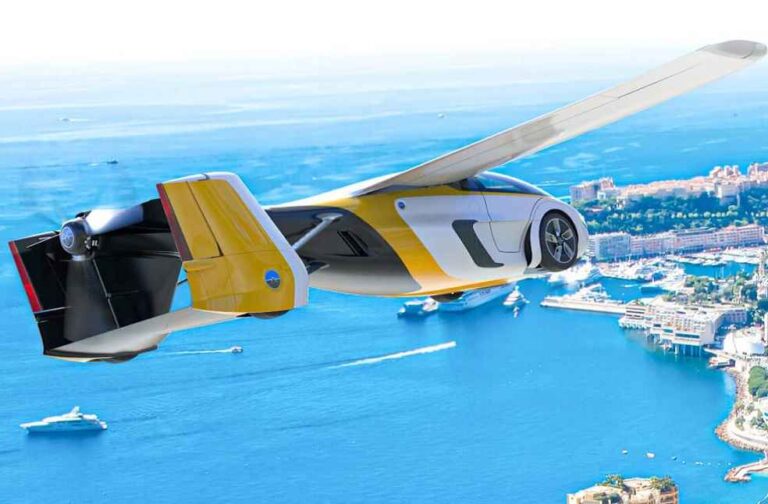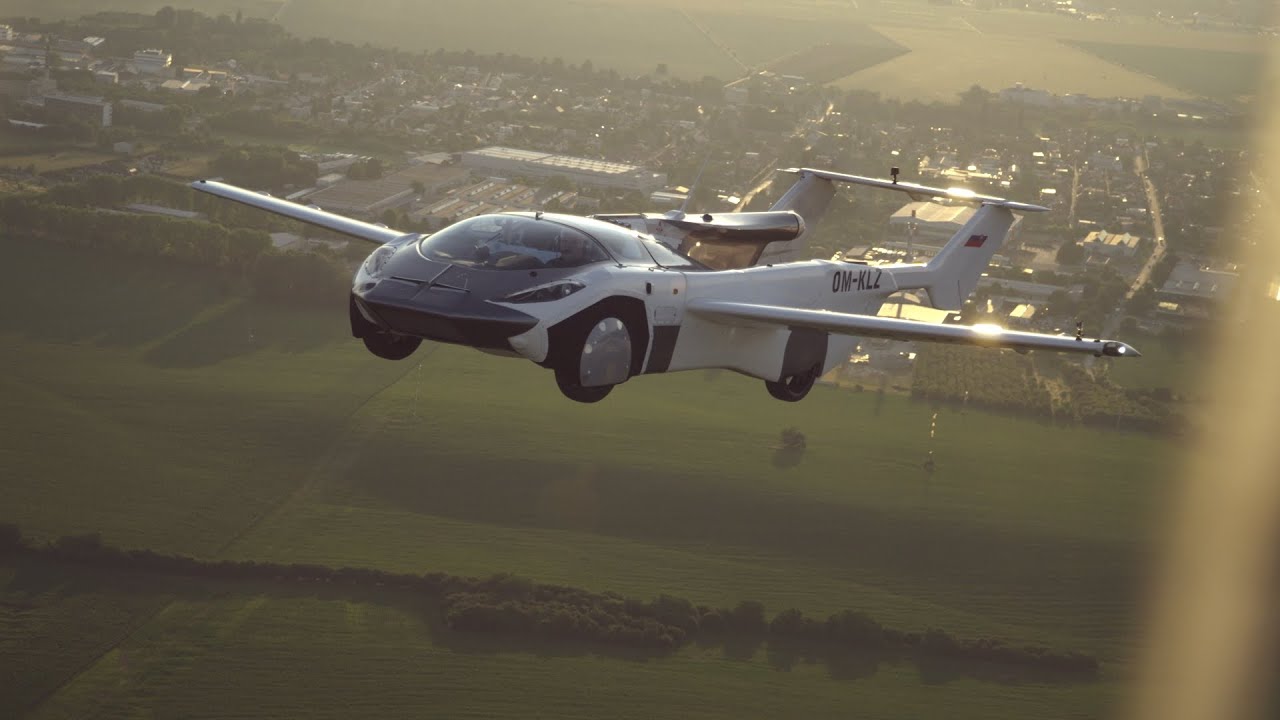As the automotive industry continues to innovate, the boundaries of what’s possible keep expanding. If autonomous vehicles were the last decade’s game-changer, could the coming years belong to flying cars?
Early attempts to create flying cars date back to 1917 when Glenn Curtiss made an unsuccessful attempt to build an “autoplane.” More recently, Aston Martin’s Volante Vision Concept, an eye-popping $9.3 million worth piece of aero-automotive wonder, revealed in 2018, made the idea of flying cars feel less like science fiction and more like a future possibility.

However, no dealership today stocks a flying car, as prohibitive costs and regulatory hurdles have kept them far from being a commercial reality. Hugh Martin, the CEO of Lacuna Technologies, suggests that managing airborne traffic and drafting new regulations could delay the arrival of flying cars to the mass market. Despite these hurdles, Martin believes that commercial flying cars could make their debut as early as 2024.
Designing and building a flying car is no easy feat, as it requires marrying the engineering demands of both cars and airplanes. The requirements range from generating the high power necessary for vertical takeoff to the more complex issues of developing propulsion controllers, control algorithms, and managing air pressure at high altitudes. Further, the vehicles would have to comply with all international criteria for both aviation and road traffic.

Despite these challenges, the allure of flying cars remains strong. They offer the promise of a more direct route to your destination, bypassing terrestrial traffic, and reducing air pollution. The transition to airborne vehicles could free up road space for pedestrians and cyclists, increasing safety and further enhancing urban mobility.
A recent report by Market Research Future (MRFR) underscores this optimism, projecting that the Flying Cars Market could expand from a relatively small USD 0.42 billion in 2022 to an impressive USD 5.28 billion by 2030, representing a compound annual growth rate of 43.70%.
The future of flying cars, it seems, could be closer than we think. While the road (or should we say, the sky) ahead is not without its challenges, the rewards promise to revolutionize our travel and transform our cities in unimaginable ways.
SPECIAL STORY: Toyota’s Data Leak: 10 Years, 2.15 Million Customers Affected






